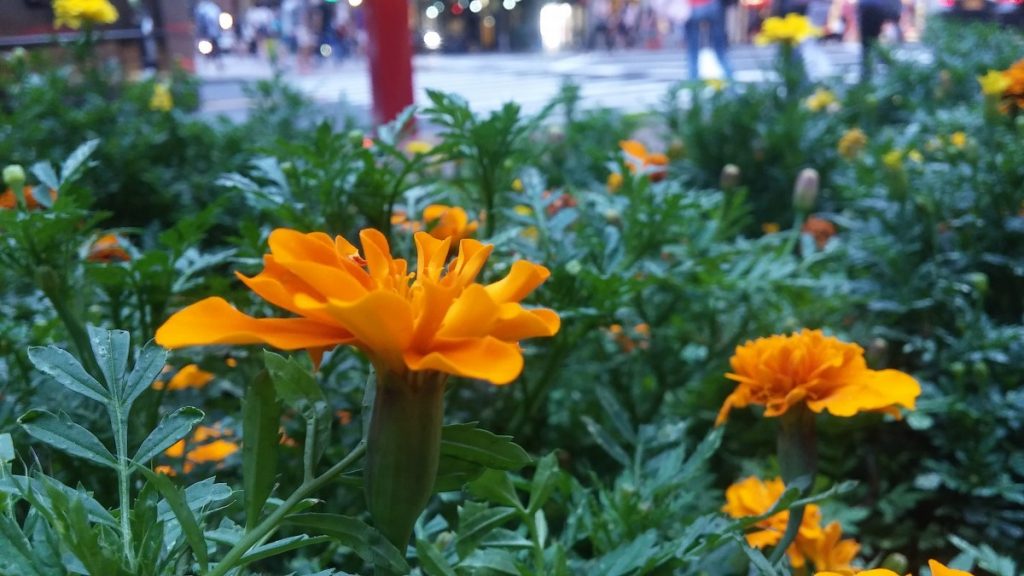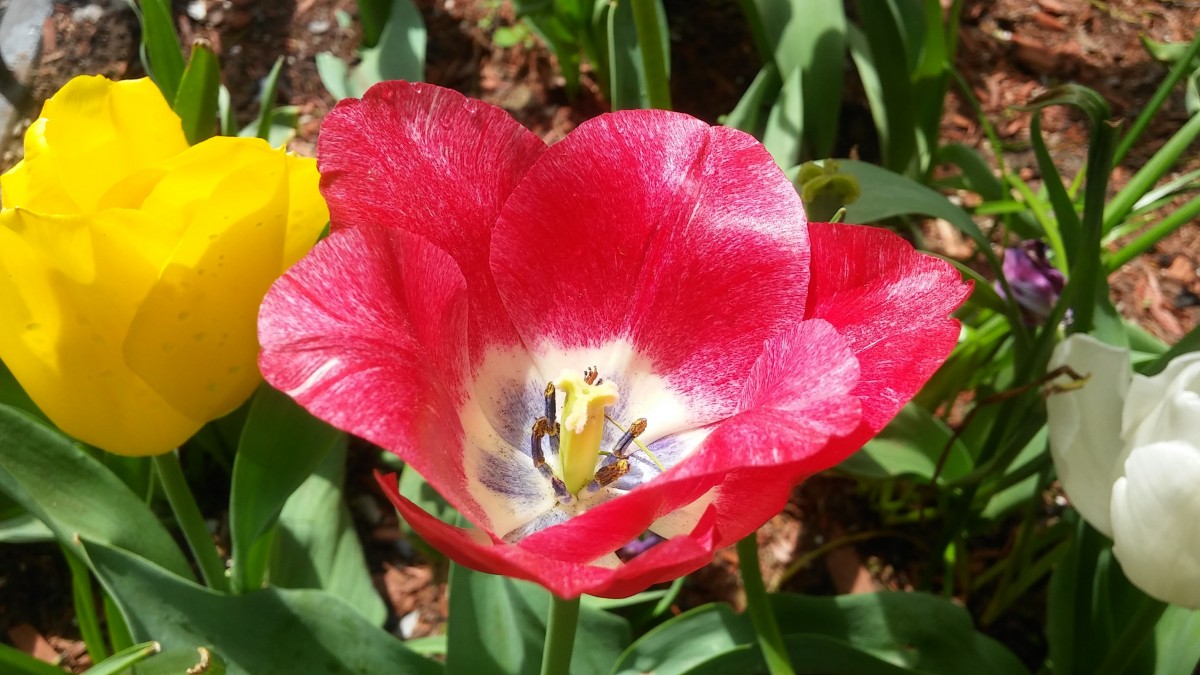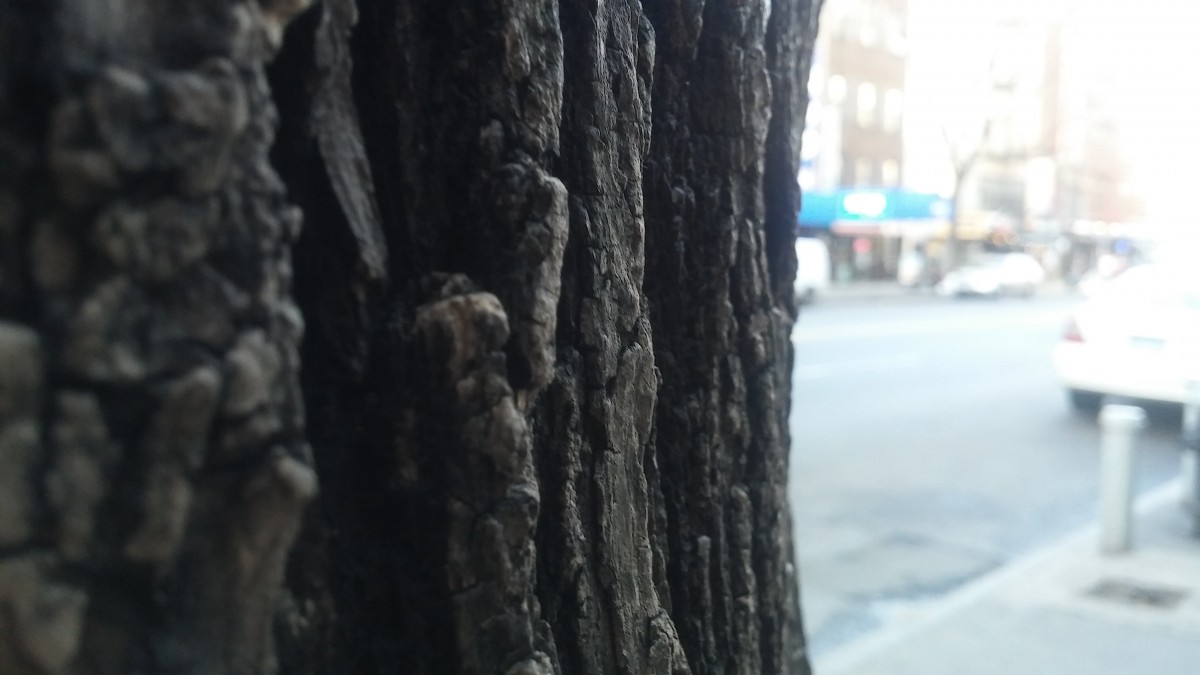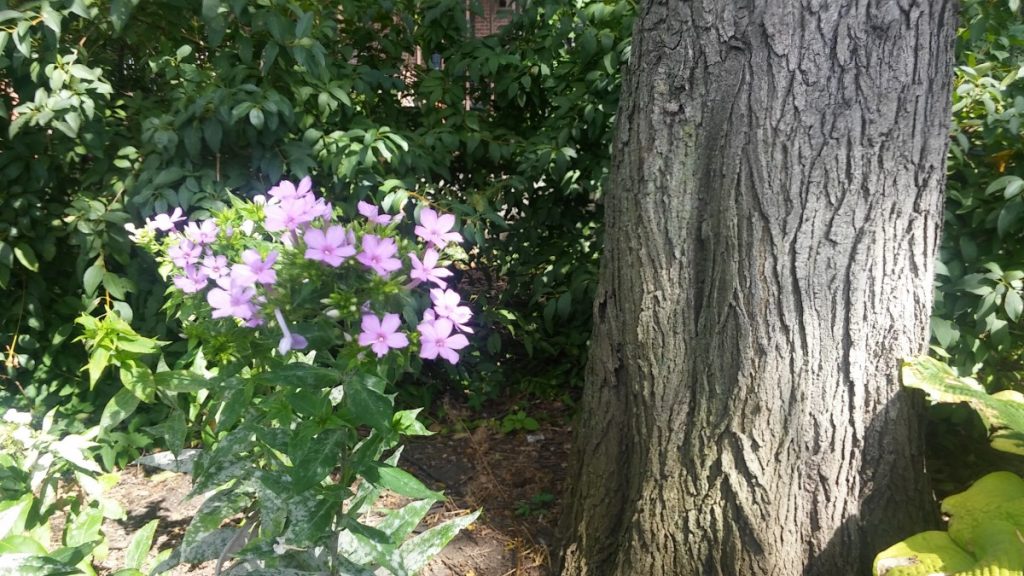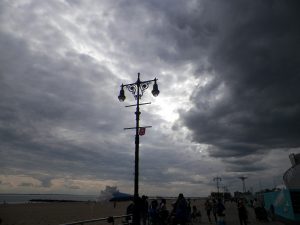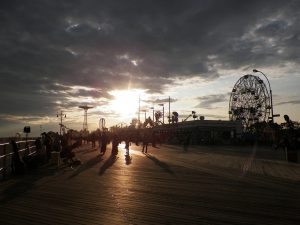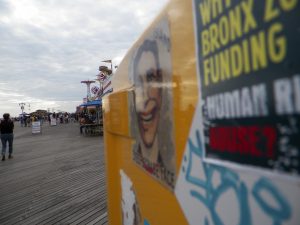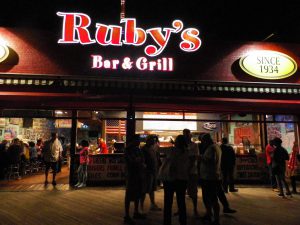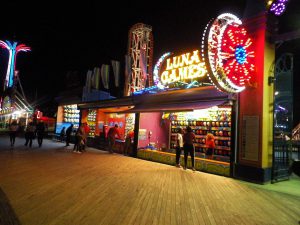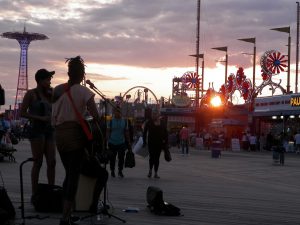Next week we will be finally welcoming spring into our lives. I don’t think that it will magically make it feel any warmer outside but one can still hope. I spent the last few days not feeling very well; I’ve been experiencing lethargy, fatigue, and nose-tickly (if that’s even a word). In my vying attempts to cure myself, I’ve been drinking plenty of tea (as per Genny’s suggestions) and trying to get as much rest as possible. After schlepping myself home, one of these past few days, my grandmother asked me if I normally get allergies from pollen. It was like a light bulb that went off in my head. I thought it was too early to worry about pollen and wind but my slightly hoarse voice is proof enough. Spring is practically here, y’all!
Even though this stupid pollen stuff – only stupid because we aren’t at a good point in our relationship as of now – has been wreaking havoc on my nasal system, it will soon result in beautiful green trees and vibrantly colored flowers. The time of green lined streets and sidewalks are almost here; it’s so close I can smell it… literally. But have you ever wondered about those trees along the sidewalk? Perhaps, why they are there or how long they have been there.
Turns out, according to the New York Times, there was always a need for trees in New York City. There was a constant struggle and demand for green space ever since the early 1900’s. The different species of trees were like a revolving door; switching places in the desperate attempt to evade illness to the tree or environmental failure. New York City began to really take a hold of the tree crisis with Robert Moses’ plan to better NYC in 1973. A lot of his methods were not always liked by the public but his tree idea really raised a necessity for a greener city. Although his plan didn’t really work that well, ever since then we’ve only made progress on the issue.
In 1980, a new program brought back the planting of trees with a program called “Request a Street Tree” which gave residents the option to request a tree from the city. From then to now, the city has been populated with over 600,000 trees; giving us something to look forward to every March 20th. 